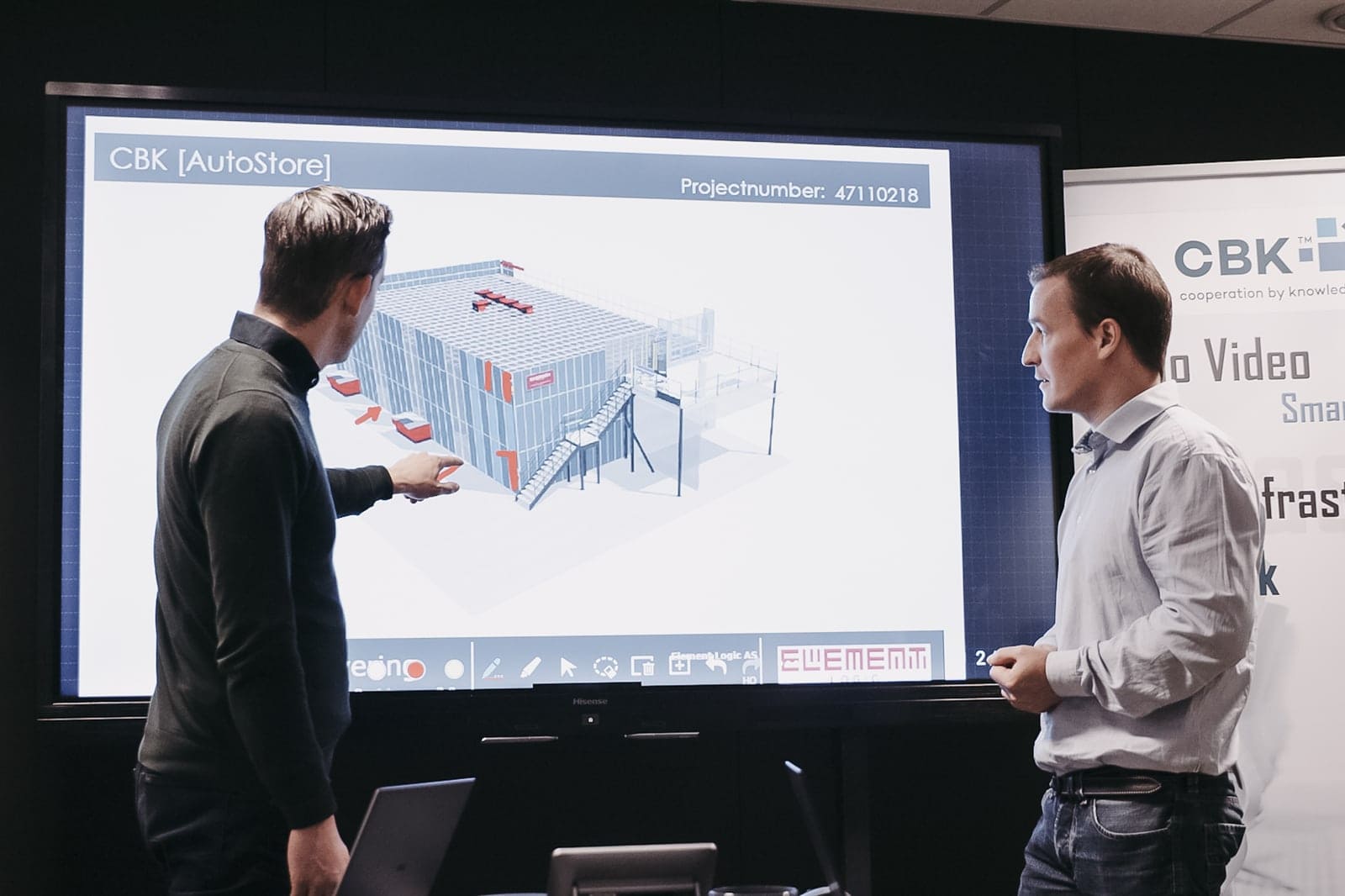Our top tips for warehouse layout optimisation

The success of a warehouse operation hinges on a well-thought-out design that optimises space, enhances efficiency, and ensures the safety and wellbeing of your workforce.
In other words, you must consider warehouse layout optimisation – something which can be influenced by a range of factors, from space utilisation to technology integration.
Five warehouse layout best practices
1. Optimise your space
The first thing to consider is how to make the most of the available space. A good starting point is optimising your warehouse space through layout planning. By carefully assessing the floorspace, you can achieve warehouse layout optimisation while minimising wasted space.
There are several strategies you can employ to ensure optimal space use. Firstly, consider investing in vertical storage solutions, such as tall racks, mezzanines and high-density Automated Storage and Retrieval Systems (ASRS). Leveraging vertical space proves particularly advantageous when horizontal space is limited.
Secondly, implementing a FIFO (First-In, First-Out) storage system can be easily accomplished. This approach prioritises inventory rotation, reducing the risk of product obsolescence and promoting efficient space utilisation. Additionally, you can consider implementing a dynamic slotting system. This system adapts in real-time to accommodate high-demand warehouse items, allowing you to optimise the placement of frequently picked products, thus maximising efficiency.
Lastly, it’s crucial to keep in mind the Pareto Principle, which suggests that 20% of your inventory typically accounts for 80% of your turnover. Leveraging an AutoStore solution aligns naturally with this principle, enabling you to configure your storage for easy access to high-demand items.
By implementing these strategies, you can transform your warehouse into a highly efficient space that maximises productivity and minimises wasted resources.
2. Improve workflow efficiency
Achieving warehouse layout optimisation is closely tied to enhancing workflow efficiency. Ensure that your warehouse design includes well-defined and obstacle-free pathways to optimise the flow of materials. This can be achieved through the careful design of efficient aisles, pathways, ports and packing areas. You can also prioritise your workforce’s comfort by creating ergonomic workstations that minimise strain and promote overall wellbeing.
Efficiency is further bolstered through meticulous inventory management. Implementing ABC analysis and strategic item placement can reduce employee travel time and enhance overall efficiency. Streamlining order-picking paths for greater speed and efficiency is also essential. When designing these paths, try to minimise travel distances, ultimately accelerating order fulfilment.
Furthermore, consider Element Logic’s “OneTouch” approach, where one operator at an AutoStore port picks, packs, and dispatches all orders they work on. By reducing the number of physical touchpoints in the material handling process, you can effectively decrease errors and boost efficiency throughout, which is especially important for eCommerce companies.
3. Integrate new technology
Incorporating new technology greatly enhances warehouse efficiency, and it’s a key part of warehouse layout best practices. It’s useful to explore a range of warehouse automation solutions and choose a combination that best suits your company’s specific needs. For example, you could support your main ASRS with Autonomous Mobile Robots (AMRs), providing additional support on the ground.
Implementing warehouse software, such as a warehouse control system (WCS) or warehouse management system (WMS) can further streamline operations by optimising inventory management and order tracking.
Moreover, continuous refinement and improvement of your warehouse processes can be achieved through data and analytics. Building a data-driven warehouse enables the identification of bottlenecks and areas for improvement, empowering you to make ongoing updates and consistently improve efficiency.
4. Ensure safety and compliance
In a warehouse environment, the safety and wellbeing of your workforce must always be a priority. That means implementing clear safety protocols, ensuring hazard markings are up-to-date, and providing regular safety training to maintain a safe working environment at all times.
Make sure you stay updated on relevant regulations and standards to ensure full compliance. Additionally, consider adopting sustainable practices such as implementing energy-efficient lighting and waste-reduction strategies to reduce your warehouse’s environmental footprint.
5. Be prepared for growth
Adaptability and responsiveness to new situations are key factors in maximising opportunities for growth. With this approach in mind, considering a modular design as part of your warehouse layout optimisation strategy can be highly beneficial. Design your warehouse layout, including your chosen ASRS, with modularity in mind, allowing for easy adjustments as your business evolves and grows.
You can also plan your ideal warehouse layout with scalability in mind. Prepare for further growth by designing your warehouse layout to accommodate increased storage needs and order volumes. It’s also useful to foster a culture of continuous improvement among your workforce, encouraging your team to regularly evaluate processes, provide feedback, and identify opportunities for growth. That way, everyone can play a role in meeting warehouse layout best practices and driving your business’s growth.
Conclusion
Warehouse layout optimisation provides the backbone of a productive and profitable operation. By implementing the best practices and tips outlined in this blog, you can maximise space utilisation, streamline workflows, uphold safety and compliance standards, harness technology for efficiency, and establish a framework for adaptability and growth. It’s crucial to keep in mind that a warehouse is not a static entity; it should evolve and grow in line with your business’s changing needs and ambitions.
Looking for advice on warehouse automation design and strategy? Get in touch with our experts today.
Written by Gavin Harrison, UK Sales Director, Element Logic



